
COMPUTER PROGRAMMING FUNDAMENTALS: [4 Books in 1] Coding For Beginners, Coding With Python, SQL Programming For Beginners, Coding HTML. A Complete ... With A Crash Course. (Coding Made Easy)

Python Coding October 08, 2024 Books, HTML&CSS, Python, SQL No comments

Python Coding July 03, 2024 Course, Coursera, Python, SQL No comments

Python Coding March 06, 2024 Data Science, IBM, Python, SQL No comments
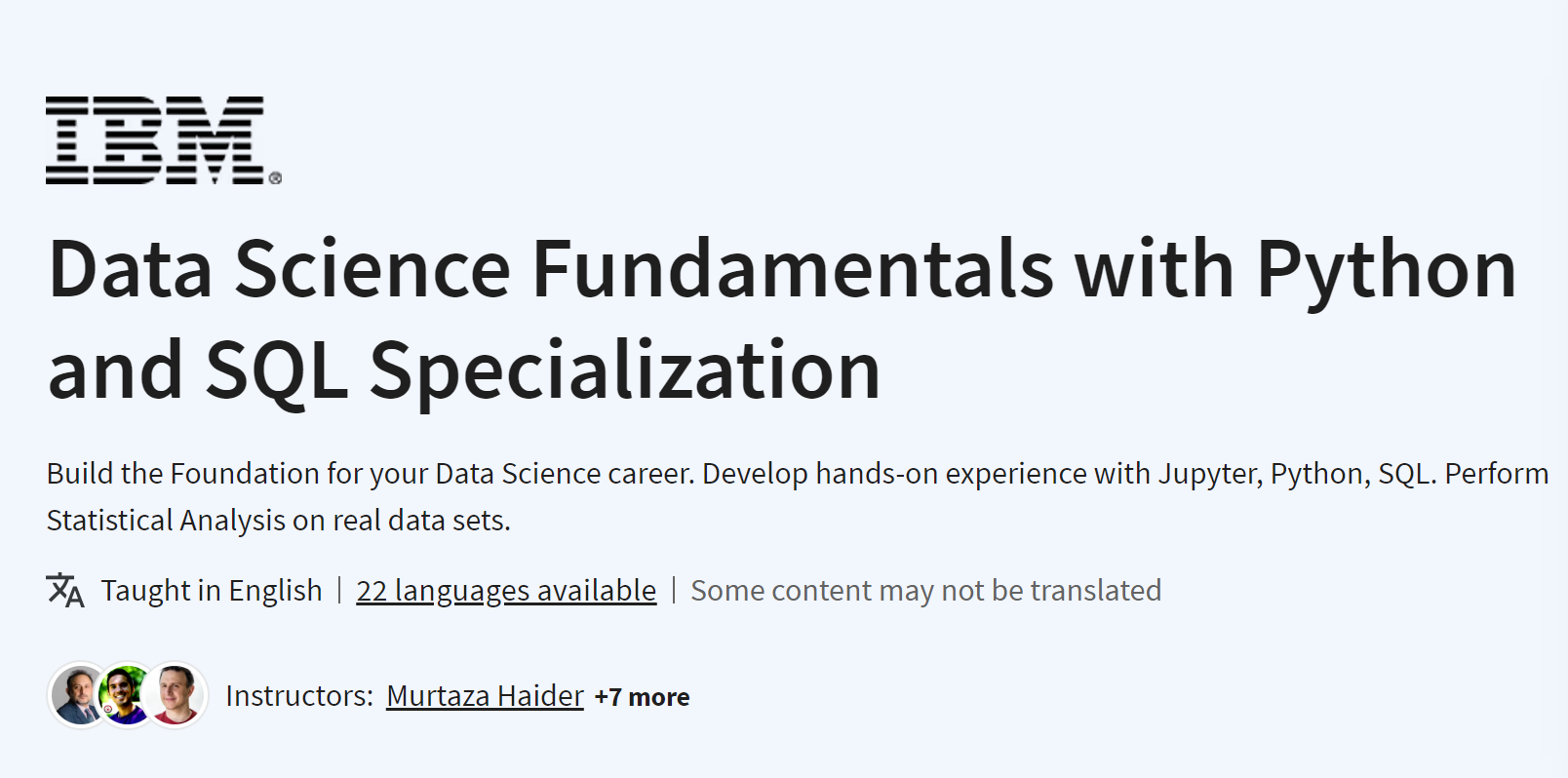
Python Coding March 05, 2024 Books, Python, SQL No comments
%20(Data%20Dynamics%20Python%20&%20SQL%20Mastery).jpg)
Python Coding February 14, 2024 Books, Python, SQL No comments
%20(Computer%20Programming).jpg)
Castor Classes February 04, 2024 Books, Python, SQL No comments
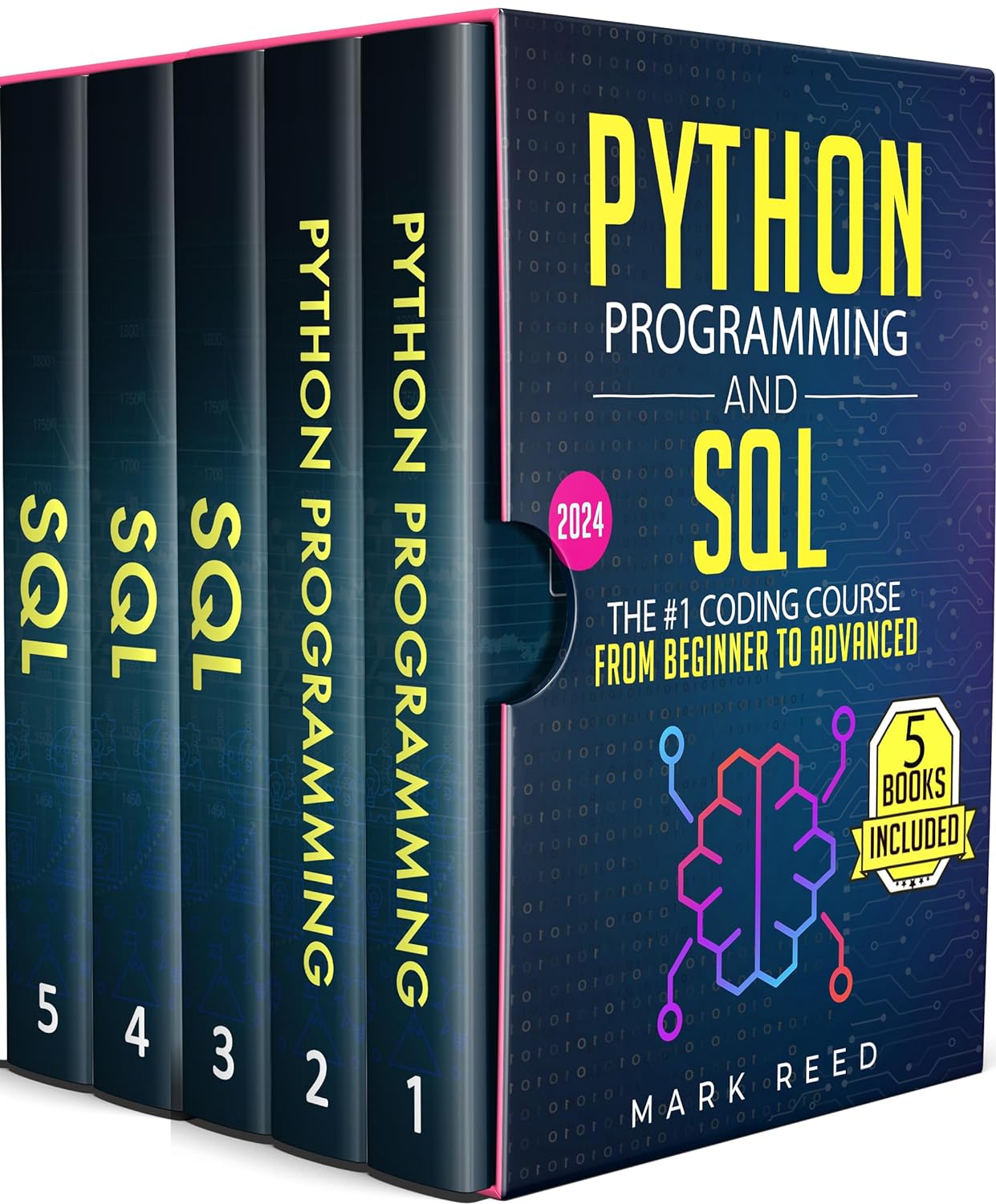%20(Computer%20Programming).jpg)
Python Coding January 25, 2024 Data Science, SQL No comments
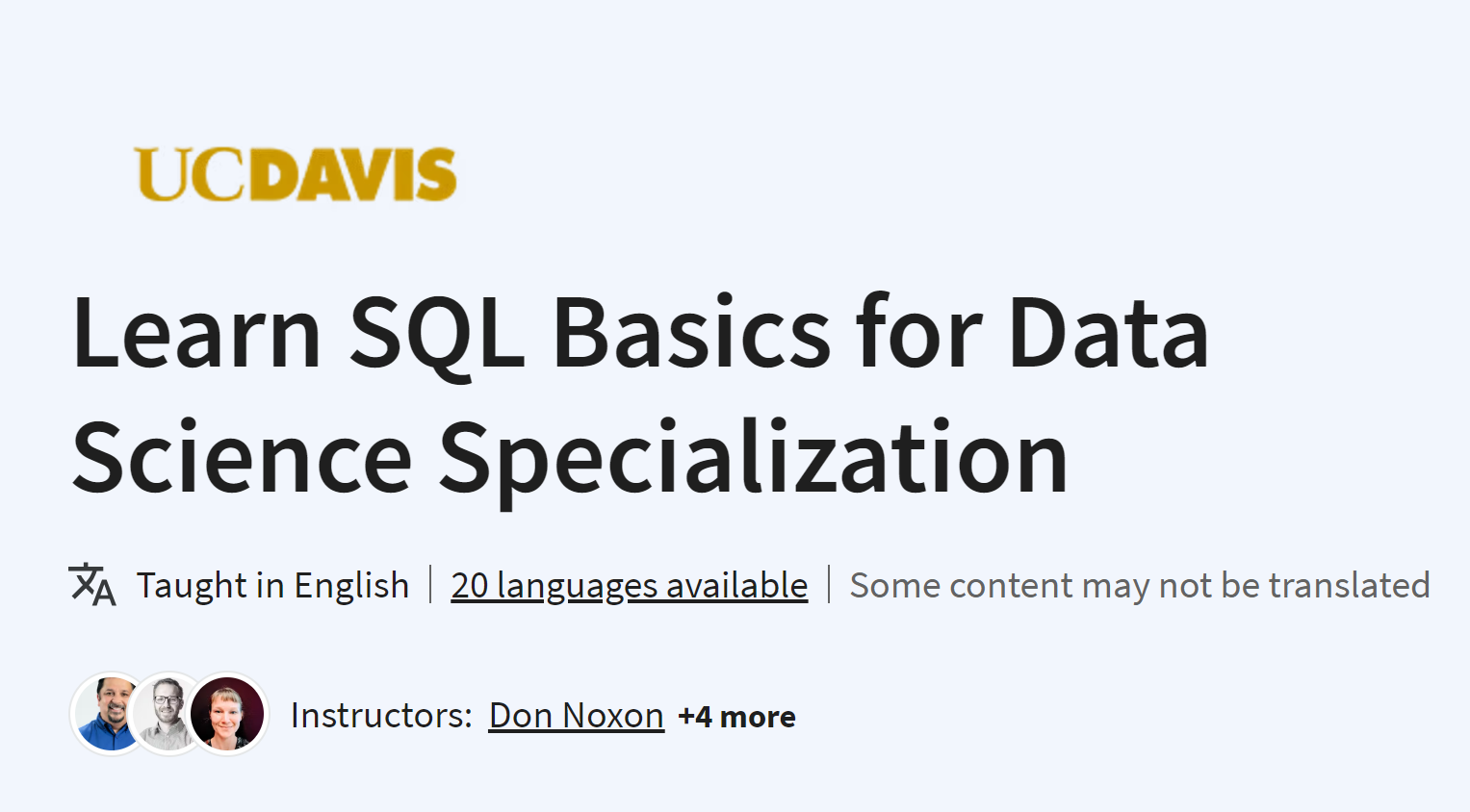
Python Coding January 17, 2024 Python, SQL No comments
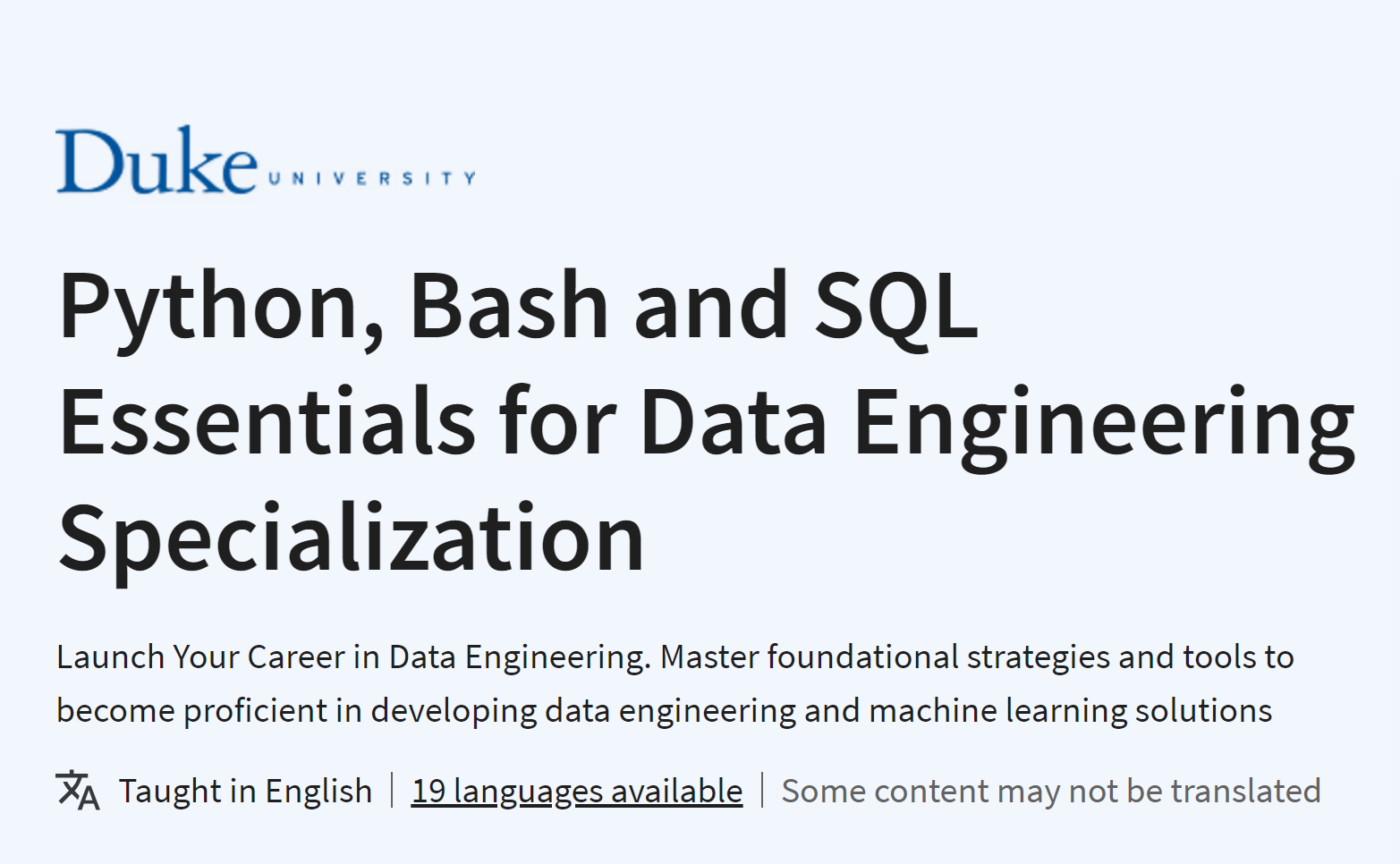
Python Coding January 15, 2024 Coursera, SQL No comments
.PNG)
Python Coding January 09, 2024 Coursera, SQL No comments

Python Coding January 02, 2024 Coursera, Data Science, SQL No comments

Python Coding January 02, 2024 Coursera, Data Science, IBM, SQL No comments
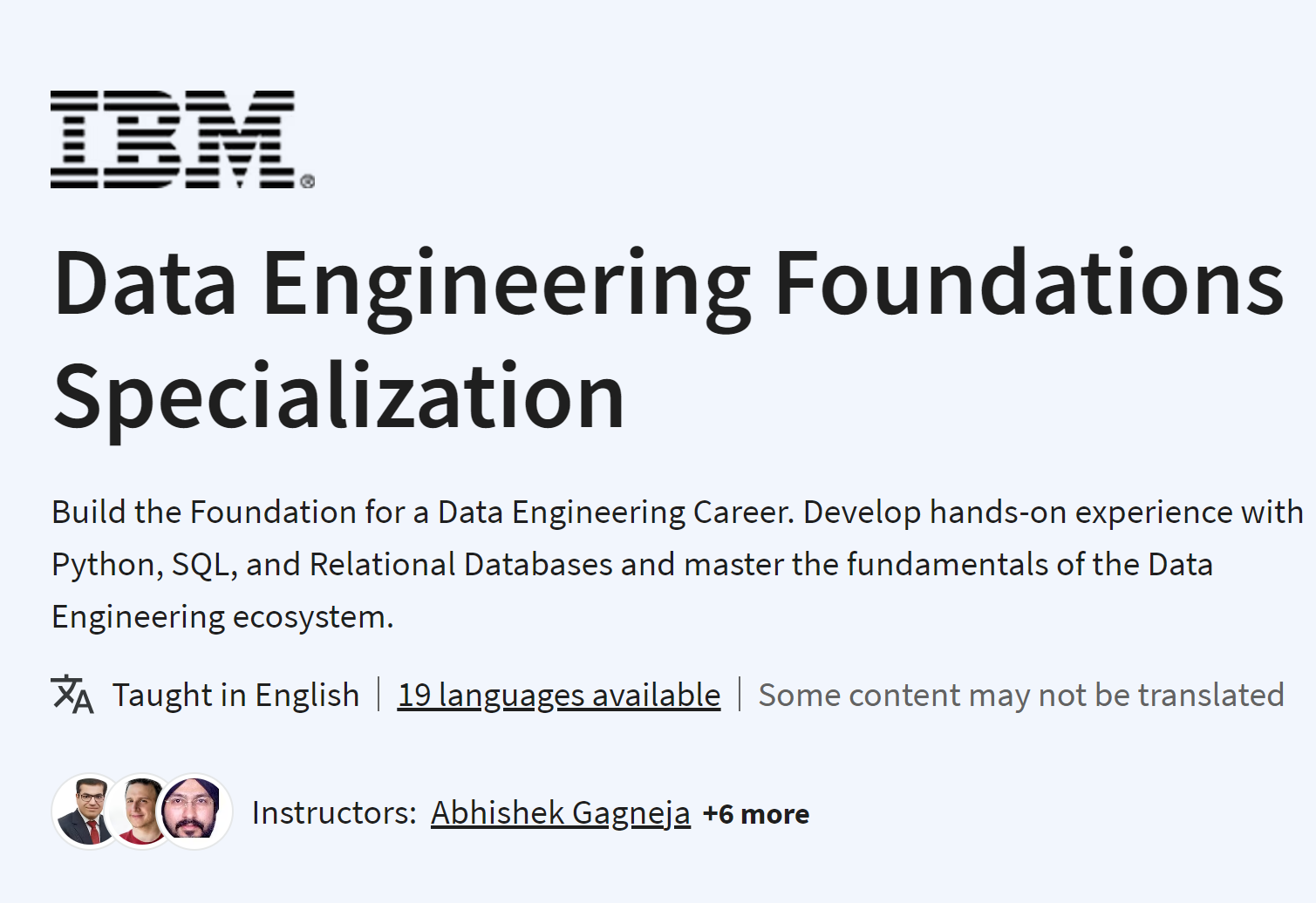
Python Coding December 26, 2023 Coursera, Data Science, Excel, SQL No comments

Python Coding December 16, 2023 SQL No comments
Python Coding November 12, 2023 Projects, SQL No comments

Irawen March 28, 2019 SQL No comments

Irawen March 18, 2019 SQL No comments

Irawen June 24, 2018 SQL No comments

Irawen June 23, 2018 SQL No comments

Irawen June 23, 2018 SQL No comments

Free Books Python Programming for Beginnershttps://t.co/uzyTwE2B9O
— Python Coding (@clcoding) September 11, 2023
Top 10 Python Data Science book
— Python Coding (@clcoding) July 9, 2023
🧵:
Top 4 free Mathematics course for Data Science ! pic.twitter.com/s5qYPLm2lY
— Python Coding (@clcoding) April 26, 2024
Web Development using Python
— Python Coding (@clcoding) December 2, 2023
🧵: